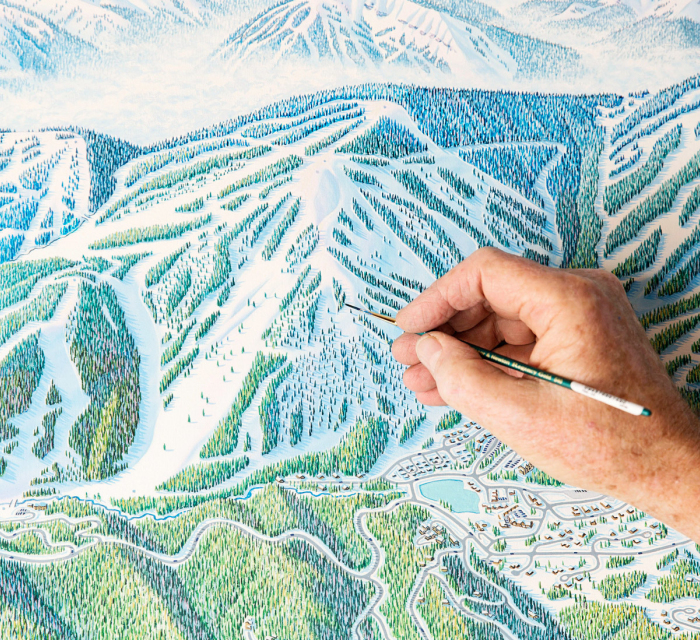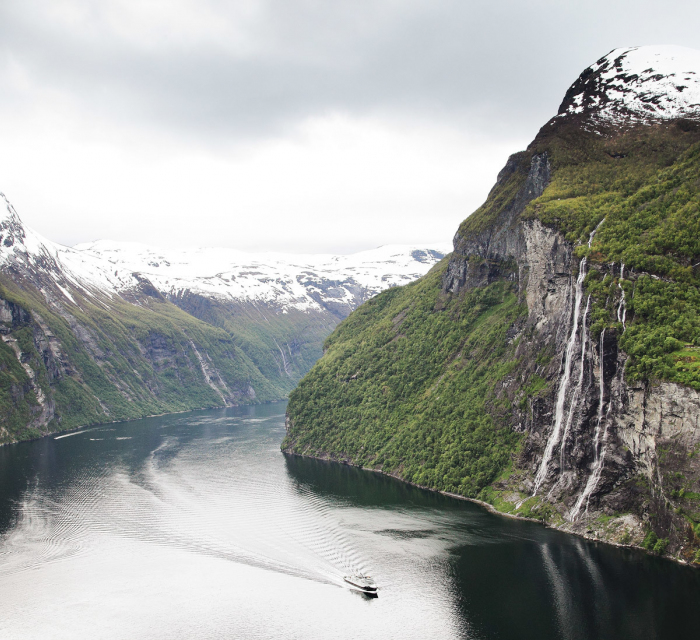In a time of industrial agriculture, Ladakh is still a land of smallholdings. These relatively tiny plots – on average just over an acre – have been crafted by communities over centuries to thrive in the high desert. Ladakh’s traditional agricultural practices are not a far cry from those historically found elsewhere around the globe; but what makes Ladakh unique is how long these practices held steadfast. Shielded by the mountains from pervasive industrialisation, it wasn’t until recent decades that modern traits and Western ideals began to infiltrate the Ladakhi way of life. For thousands of years, subsistence farming and community living lay at the fore of their culture, with Ladakhis bearing a deep understanding of the land and local ecology, and an appreciation for the needs of their community.
Prior to human settlement in Ladakh, the dusty high-altitude plains and valleys were all but barren bar scanty, hardy vegetation. The lush flourishes seen today are cultivated oases fashioned through generations of Ladakhis’ hard work. Lying in the rain shadow of the Himalayas, Ladakh receives minimal precipitation, so the people rely on snowmelt from the high mountains, spring water, and the region’s rivers to irrigate the land. The region’s climate means there’s only a short growing season, lasting three, sometimes four, months of summer. From spring through till harvest, families and communities traditionally have pulled together to work the land collectively, growing mostly barley, with a greater variety of vegetables introduced progressively over time by traders and missionaries.







































